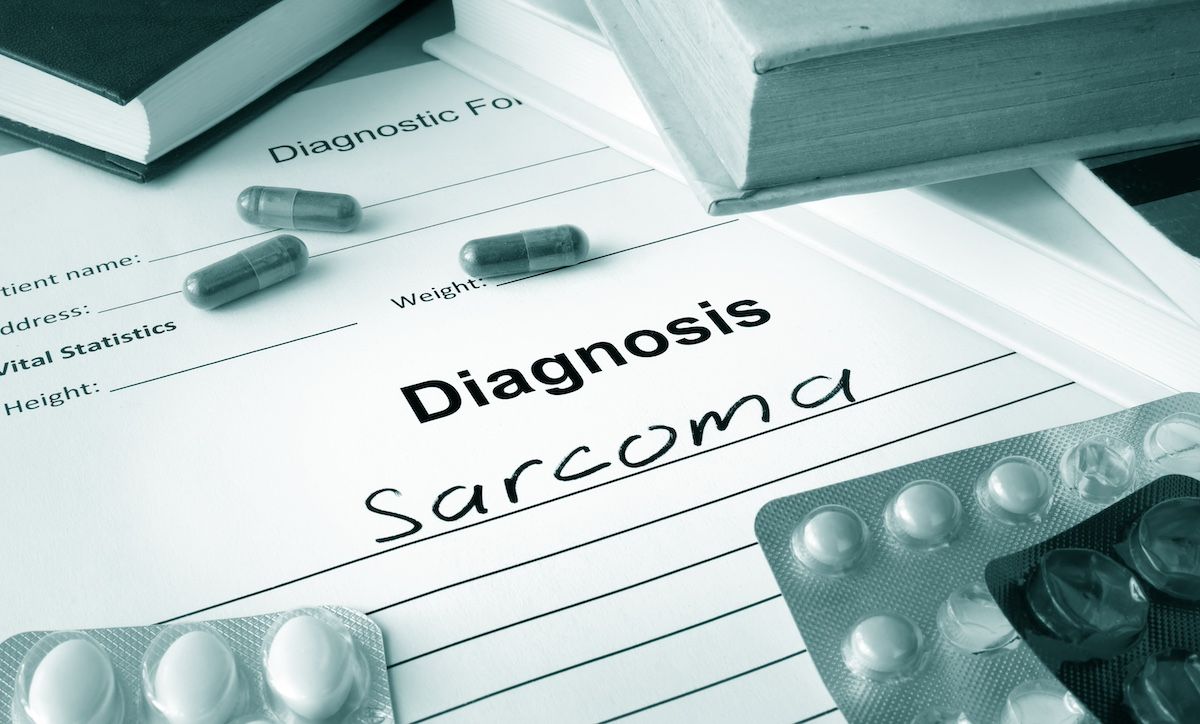A new study from McGill University is shedding light on how patients with
The findings, published in the
Soft tissue sarcoma primarily strikes adults in their working years and is typically treated with radiation therapy followed by wide surgical resection. While this approach improves survival, it can cause lasting impairments, such as tissue damage, wound complications, and mobility limitations. Until now, most studies assessing patient outcomes have focused narrowly on physical function using the Toronto Extremity Salvage Score (TESS),
To capture a more complete picture, the McGill team used 2 patient-reported outcome measures (PROMs) on 276 patients: the Reintegration to Normal Living Index (RNLI), which assesses perceived health and social reintegration, and the EuroQol-5D-3L (EQ-5D), which measures health-related QOL (HRQOL) across mobility, pain, and emotional well-being.
The researchers applied the Wilson-Cleary Model, a framework linking biological symptoms, functional status, health perceptions, and overall QOL, to evaluate how these factors interact.
Both tools showed strong reliability (RNLI α = .91; EQ-5D α = .74) and excellent model fit, validating their use in this population. Notably, pain and participation in daily activities were major drivers of perceived health and HRQOL, explaining over half of the variance in patient well-being.
At 12 months post-surgery, many patients still struggled with recreational activities, family roles, and travel, factors that had a greater impact on QOL than physical limitations alone.
“In other words, it was not the physical restrictions themselves (e.g., being unable to walk very far), but the implications of the restrictions that seemed most bothersome,” explained the researchers. Nearly half (49%) reported moderate-to-severe anxiety or depression, despite access to psychosocial support services, compared to just 12% in the general population.
These findings, wrote the researchers, highlight the need for holistic rehabilitation, incorporating occupational therapy to help patients adapt activities and mental health care to address distress that may impede recovery.
The authors recommend three key strategies for improving long-term outcomes, including maximizing functional restoration through tailored rehabilitation programs, encouraging participation in fulfilling activities, even in modified forms, and implementing routine distress screening to identify patients struggling with anxiety or depression.
“Moreover, given the systemic restraints many physicians face, occupational therapists and mental health professionals may need to play a more active role in routine soft tissue sarcoma care,” wrote the researchers. “Occupational therapists can help identify hindrances in functional restoration, make pragmatic environmental adjustments, and introduce adaptive equipment.”
Given that health perceptions explained 52% of HRQOL variance, addressing psychosocial barriers is as essential as physical therapy, noted the group. The study also validated the Wilson-Cleary Model as a robust framework for understanding patient recovery and guiding care.
The research team acknowledges limitations, including potential underreporting of pain and reliance on the older EQ-5D-3L measure. Still, the results underscore a pressing message: recovery from sarcoma is not just physical; it’s deeply social and psychological.
References
1. Andersen NJ, Bergeron C, Turcotte R, Körner A. Health perceptions and HRQL with soft-tissue sarcoma at 12 months post-op: using the Wilson-Cleary model to evaluate the measurement properties of the RNLI and EQ-5D-3L. J Surg Oncol. Published online September 14, 2025. doi:10.1002/jso.70101
2. Clayer M, Doyle S, Sangha N, Grimer R. The Toronto Extremity Salvage Score in unoperated controls: an age, gender, and country comparison. Sarcoma. 2012;2012:717213. doi:10.1155/2012/717213







